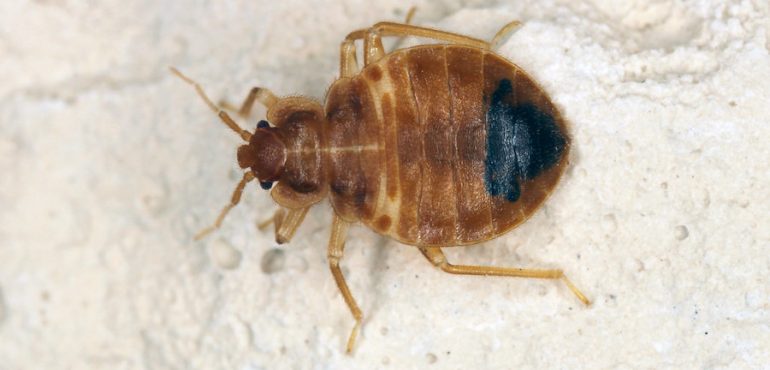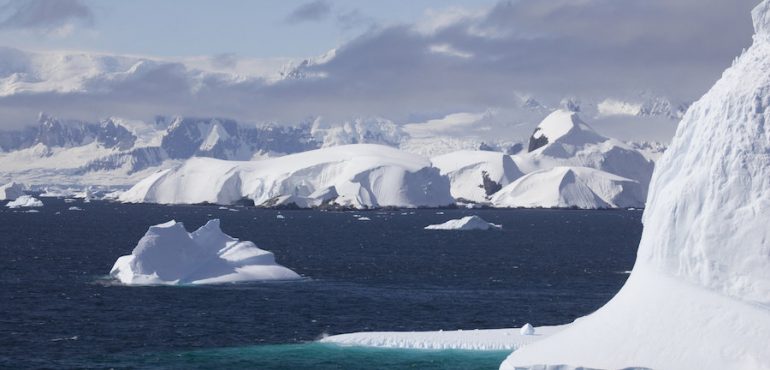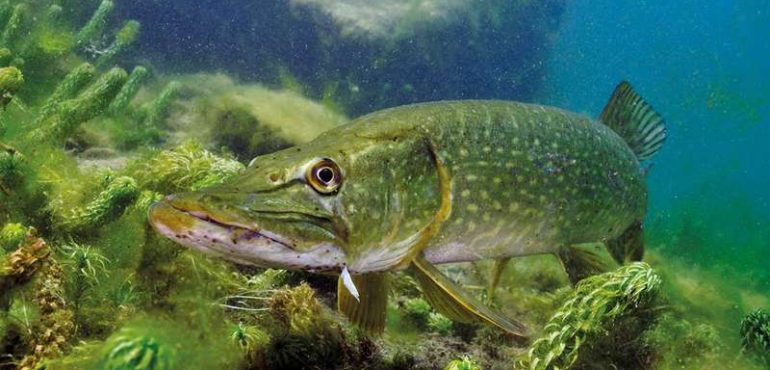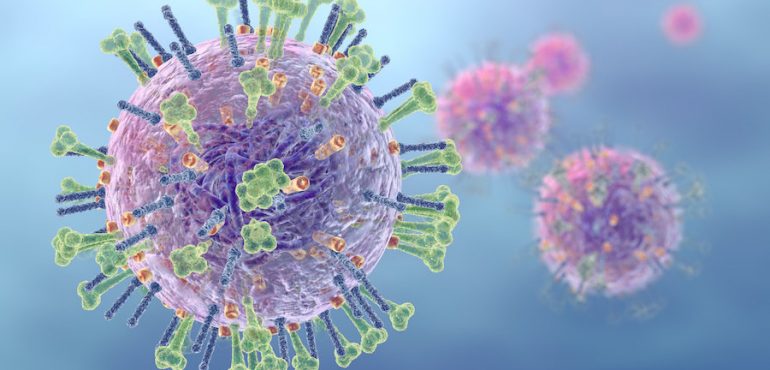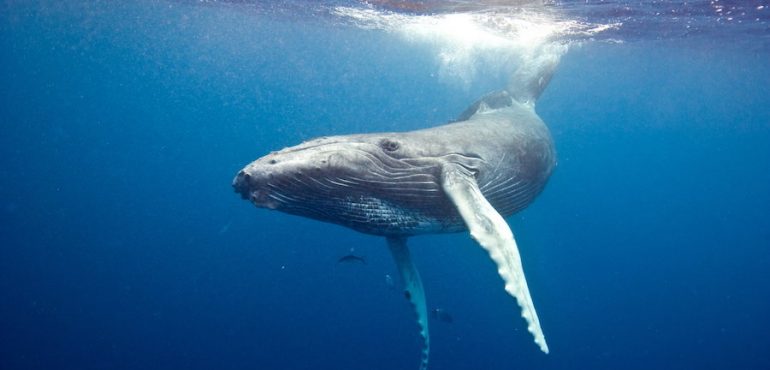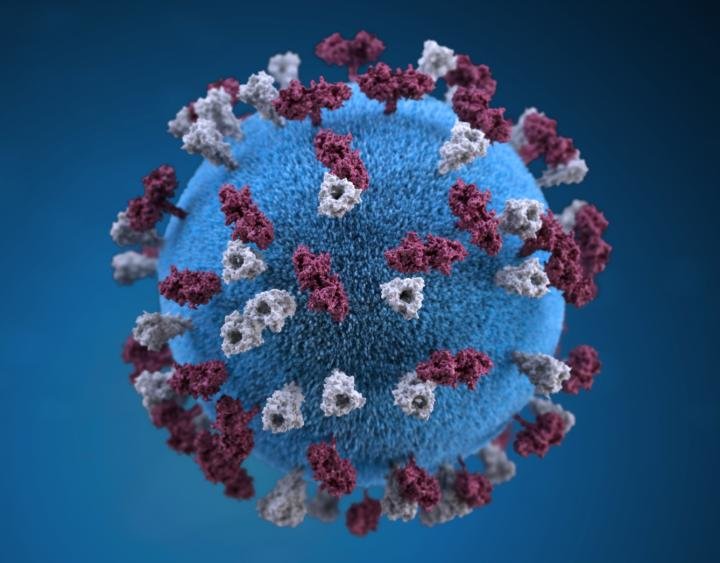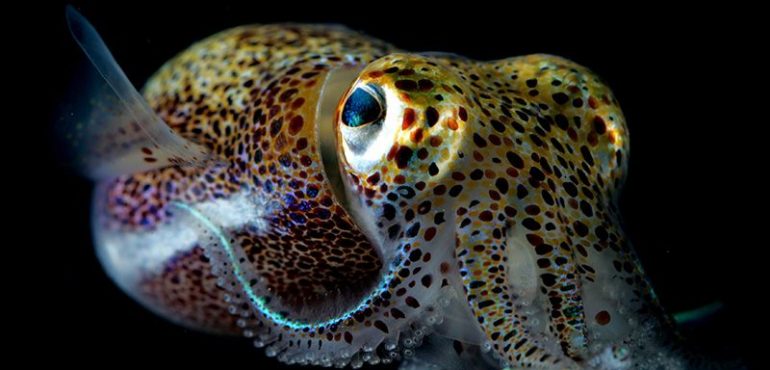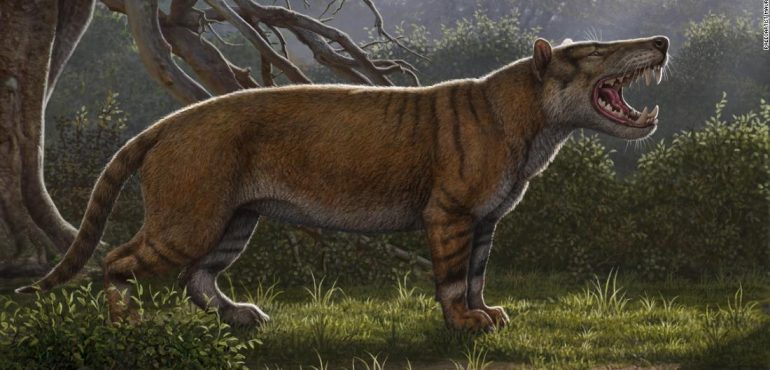Bedbugs -- some of the most unwanted human bed-mates -- have been parasitic companions with other species aside from humans for more than 100 million years, walking the earth at the same time as dinosaurs. Work by an international team of scientists, including the University of Sheffield, compared the DNA of dozens of bedbug species…
Read more
Bedbugs evolved more than 100 million years ago
